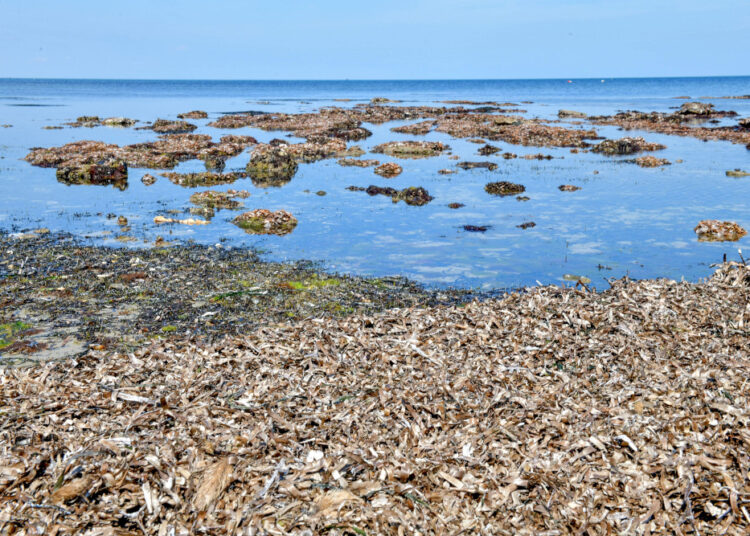TUNIS, May 3 — Under the Mediterranean waters off Tunisia, gently waving green seagrass meadows provide vital marine habitats for the fishing fleets and an erosion buffer for the beaches the tourism industry depends on.
Even more importantly, seagrass is such a key store of carbon and producer of oxygen — critical to slowing the devastating impacts of climate change — that the Mediterranean Wetlands Initiative (MedWet) calls it “the lungs” of the sea.
But, just as human actions elsewhere are devastating forests of trees on land, scientists warn that human activity is driving the grass under the sea to destruction at speed — with dire environmental and economic impacts.
Named Posidonia oceanica after the Greek god of the sea Poseidon, seagrass spans the Mediterranean seabed from Cyprus to Spain, sucking in carbon and curbing water acidity.
Posidonia oceanica… is one of the most important sources of oxygen provided to coastal waters,” MedWet, a 27-member regional intergovernmental network, says.
Tunisia, on the North African coastline, “has the largest meadows” of all — spreading over 10,000 square kilometres, marine ecologist Rym Zakhama-Sraieb said, pointing to its key carbon-capture role.
The underwater flowering plants absorb three times more blue carbon — the term used to describe the removal of carbon dioxide from the atmosphere by the ocean and coastal ecosystems — than a forest, and they can store it for thousands of years, she said.
“We need Posidonia to capture a maximum of carbon,” Zakhama-Sraieb said.
But a dangerous cocktail of rampant pollution, illegal fishing using bottom trawling nets that rip up the seagrass, and a failure by people to appreciate its life-giving importance is spelling its demise.






Discussion about this post